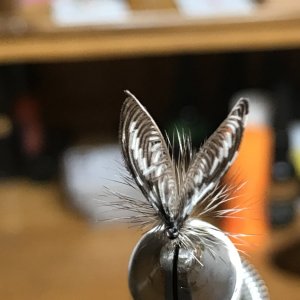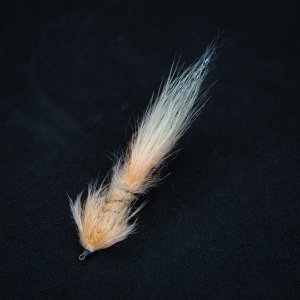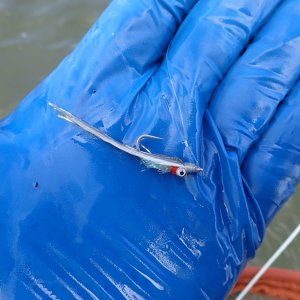Yeah it probably wasn't wise to make 90% of my hobby's involve water in some way or another if I don't know how to swim. I'm taking swimming lessons next quarter because it probably isn't wise to wade into powerful rivers and have no way to survive if something goes wrong. Since the vast majority of folks learning to swim aren't wading into 3000 CFS flows like we are, I thought I would ask what specifically I should focus on.
I remember two scary experiences, one while wading in the Hoh, I stepped into what seemed to be a very tame section of river only for the whisper of the river to get louder and louder. Before long, I was shouting to my friend warning that I might have been about to slip. Fortunately that did not happen. Another time was working on the Tahuya, a tiny tiny river on Hood Canal you would mistake for a creek. Just after spring high flows. Climbing onto the trap I recall my legs being swept behind me. Walking back, my coworker managed to find me a stake to use as a wading staff.
I remember two scary experiences, one while wading in the Hoh, I stepped into what seemed to be a very tame section of river only for the whisper of the river to get louder and louder. Before long, I was shouting to my friend warning that I might have been about to slip. Fortunately that did not happen. Another time was working on the Tahuya, a tiny tiny river on Hood Canal you would mistake for a creek. Just after spring high flows. Climbing onto the trap I recall my legs being swept behind me. Walking back, my coworker managed to find me a stake to use as a wading staff.

















